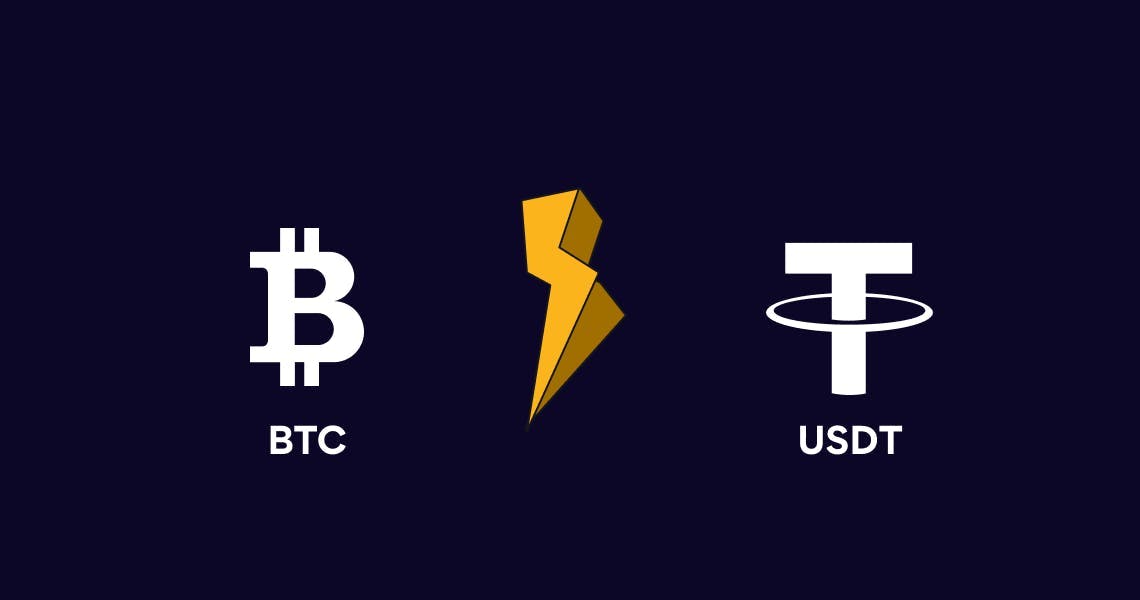Stablecoin adoption rises as bitcoin price fluctuates
Insights
Back to blog
Joel E.
2021-01-25
Insights
On this page
Stablecoins are digital currencies that have their value pegged to fiat currencies. That way they are less volatile and offer important value...
For beginners in the Bitcoin space, there is a term you should be conversant with, and that is volatility.
But what is volatility in Bitcoin?
Bitcoin is termed volatile because of how it fluctuates in price. Because bitcoin is a volatile asset, its volatile nature serves as an insight in measuring the opportunity and risk associated with it.
Volatility can best be explained by how quickly bitcoin changes in market price. A good example is the price of bitcoin rising to $32,500 and falling within seconds to $30,000. This movement in price is the volatile nature of the bitcoin asset.
Due to factors like the digital nature of bitcoin, the low-level regulation, and more importantly, the smaller market size due to its recency, Bitcoin is still quite volatile compared to other types of financial assets.
However, the volatile nature of bitcoin is responsible for its mass adoption and investment. This volatile nature has allowed investors to make massive returns within a short time.
An example is the Grayscale Bitcoin Trust (GBTC) - assets under its management rose by 10 times to $20 billion last year. This is one of the many examples of short term gains due to the volatile nature of bitcoin. Traders have taken advantage of this as they invest in Bitcoin.
The volatile nature of Bitcoin may not always come as an advantage, though.
Consider using Bitcoin as a medium of exchange such as for payment for goods. While we know the ease of transacting with Bitcoin across international borders. It presents a challenge when there is price fluctuation because it may significantly alter the value of the Bitcoin sent.
As it is ideal for a payment method to store the value of funds sent, with Bitcoin, its highly volatile nature does not always allow this.
Over time, however, as the market size increases substantially as a result of mass adoption by investors and a more stable environment, Bitcoin’s volatility will decrease. But for now, due to the high volatility, stablecoins have come to play a central role in providing a solution to users of Bitcoin.
What are Stablecoins?
Stablecoin is a digital currency designed to serve as an equivalent to fiat currency. They are transferable like every other digital currency and allow users to adapt it for usage.
Unlike other cryptocurrencies, stablecoins do not experience high volatility. They are not subject to price movement and can serve an underlying value to any asset they emulate. It makes stablecoins preferable amidst the volatile market.
One of the most popular use cases for stablecoins is to switch from Bitcoin and other cryptocurrencies while trading in the crypto market.
For instance, if you purchase bitcoin at $30,200 utilising the hodling strategy while expecting bitcoin to rise in market price. When the price of bitcoin rises to $34,000, due to its volatile nature you expect that it might experience a downward surge in price anytime, so, to not lose the profit you have gained, stablecoins can be used to protect that value and provide a hedge against volatility.
Because stablecoins are not subject to price movements and serve as an underlying asset of 1-to-1 ratio when used to hedge against volatility in trading, they have become popular amongst traders.

Importance of Stablecoins
Few stablecoins have become prominent in hedging against the bitcoin volatility. Tether (USDT), Binance USD (BUSD), True USD (TUSD), Paxos Standard (PAX), USD Coin (USDC) are some of the well-known stablecoins. The most popular, however, is Tether.
1. As a hedge against Bitcoin volatility
The primary trading usage of USDT is to move money from one exchange to another when there is a price difference. Traders take advantage of this price difference to make profits for themselves.
For example, if you execute a buy order of bitcoin at $32,000, you can hold till it gets to $32,900 and Take Profit by converting your BTC asset temporarily to USDT. In the event that the price of Bitcoin drops, you will still have the same value you had when it rose to $32,900.
2. As a means of payment
Beyond hedging against crypto volatility, USDT also serves as a means of payment for trans-border remittal of goods and services, bypassing strict rules and regulations, and capital control across borders.
Because stablecoins are still cryptocurrencies even though their values are pegged to fiat currencies, they make payments across borders easier than using fiat currencies while maintaining a recognised value.
3. Ease of acquisition
Like Bitcoin and other cryptocurrencies, stablecoins like Tether are easy to purchase, hold and send using digital wallets. All the receiving party needs to receive any sent stablecoin is simply their own digital wallet. Certain exchanges, provide users with the ability to exchange stablecoins for their local currencies instantly.
Stablecoins have presented a better alternative for hedging against the bitcoin volatility and this has influenced the massive adoption of its use. They provide a form of stability in a highly volatile market.
Disclaimer: This article is for information purposes only and should not be construed as legal, tax, investment or financial advice. Nothing contained in this article constitutes a solicitation, recommendation, endorsement or offer by Yellow Card to buy or sell any digital asset. There is risk involved in investing or transacting in digital assets, please seek professional advice if you require one. We do not assume any responsibility or liability for any loss or damage you may incur dealing with digital assets. For more information on Digital Asset Risk Disclosure please see - Risk Disclosure.

